- The Portet sur Garonne Natural Park and the nature reserve
Formerly called “Parc du Confluent”, the Portet-sur-Garonne Natural Park is a jewel of the ecological and environmental heritage of the city.
Located on the right bank, the Park constitutes an isolated “natural” enclave within an agricultural and urban fabric. It is a vast woodpigeon populated by poplars, willows, elms, alders, etc., located on a former sand and gravel extraction site.
Communal property since the 1980s, the municipality has long worked to rehabilitate this site. Thanks to the program of the municipality, the Park has been redeveloped, enhanced and opened to the public. This “natural” site is now of definite interest for walking, because of its varied landscapes and its many viewpoints over the Garonne and the confluence with the Ariège. The atmosphere of “wild nature” is highly sought after by visitors to this natural site.
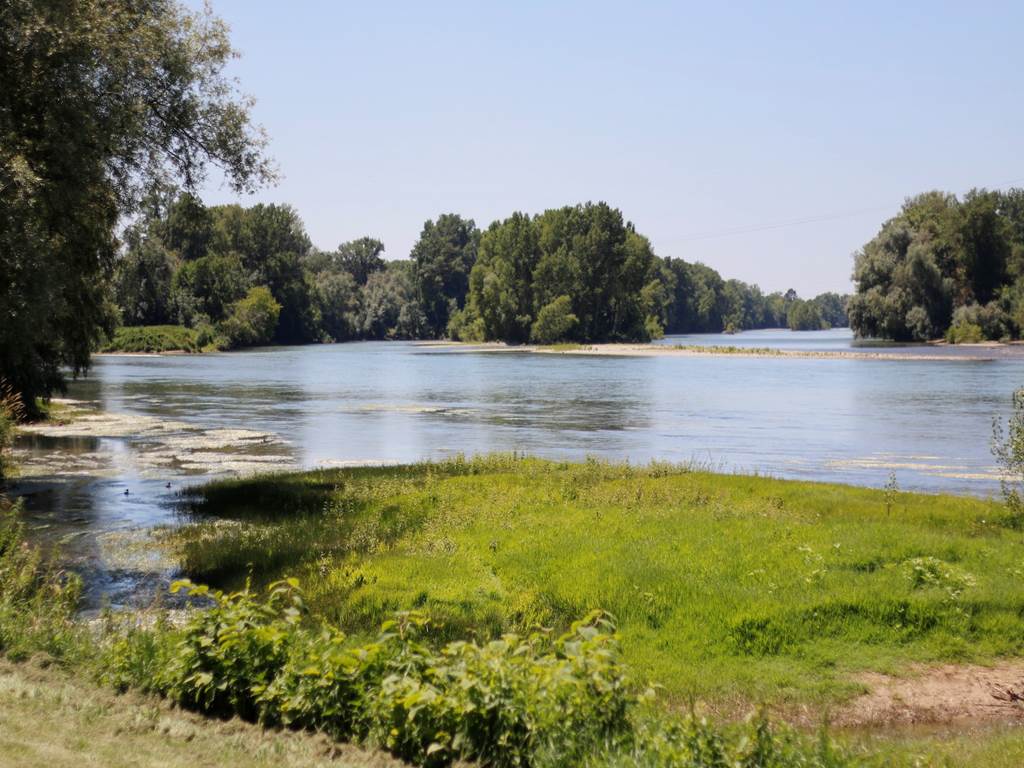
- The Municipal Baccalaureate
The Portet-sur-Garonne Natural Park is also accessible by taking the ferry which takes you from one bank of the Garonne to the other in a few minutes. It operates from April 1 to October 31, Wednesdays, Saturdays, Sundays and public holidays when weather and navigation conditions permit.
For a unique and original crossing.
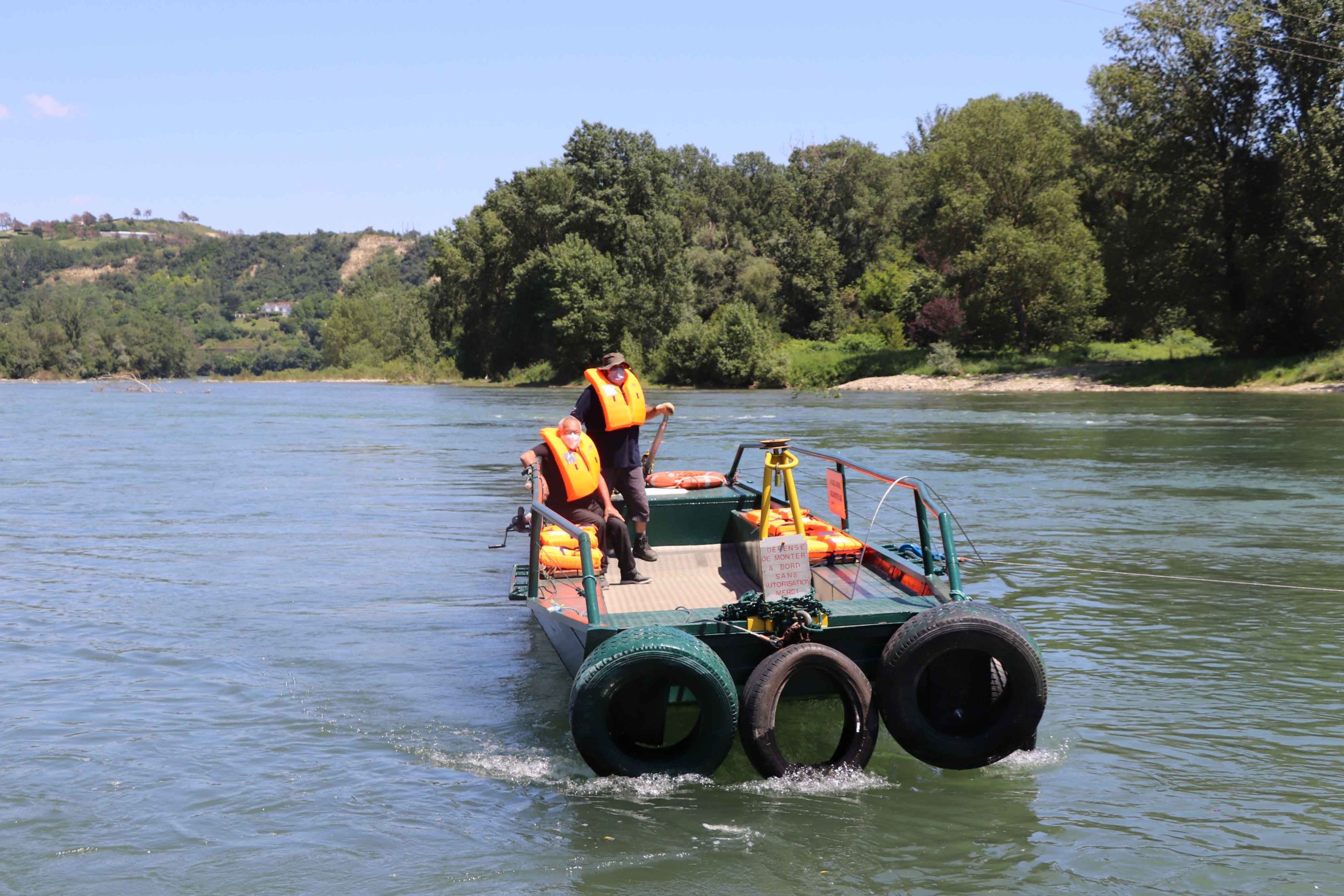
- The Ramier of the banks of the Garonne
Covering an area of 13 ha, the Ramier des berges de Garonne is the ideal place for those who wish to relax in the shade of the trees.
Playground for children, cycle paths for sports enthusiasts, green setting for fans of “idleness” or outdoor sports (jogging, hiking, rollerblading, cycling, etc.), the banks of the Garonne are very popular with all Portésiens but also by visitors from the surrounding area or even kayakers and canoeists who descend the two rivers (Garonne and Ariège).
This intergenerational mix is reinforced by the activities and events that take place each year in this green setting: Nature Days, Local Festival, Summer Rendez-vous Festival MéditerranéO’, Boucle du Confluent, etc.

Largely classified as a Classified Wooded Area, the Parc du Château, located in the historic heart of the city, has a rare heritage character.
The wooded part of the estate presents a very interesting diversity. 198 trees were inventoried by the ONF, which counted 26 different species. Three species represent almost 50% of the park’s plant heritage. Among them, we find the Holm oak (24%), the sessile oak (15%) and the common privet (8%).
The ONF’s diagnosis was supplemented by recommendations for action to best guarantee the sustainability of the trees, as well as proposals for the development and protection of the tree heritage. It is in this spirit that the city has worked on the security, development and now maintenance of the park.
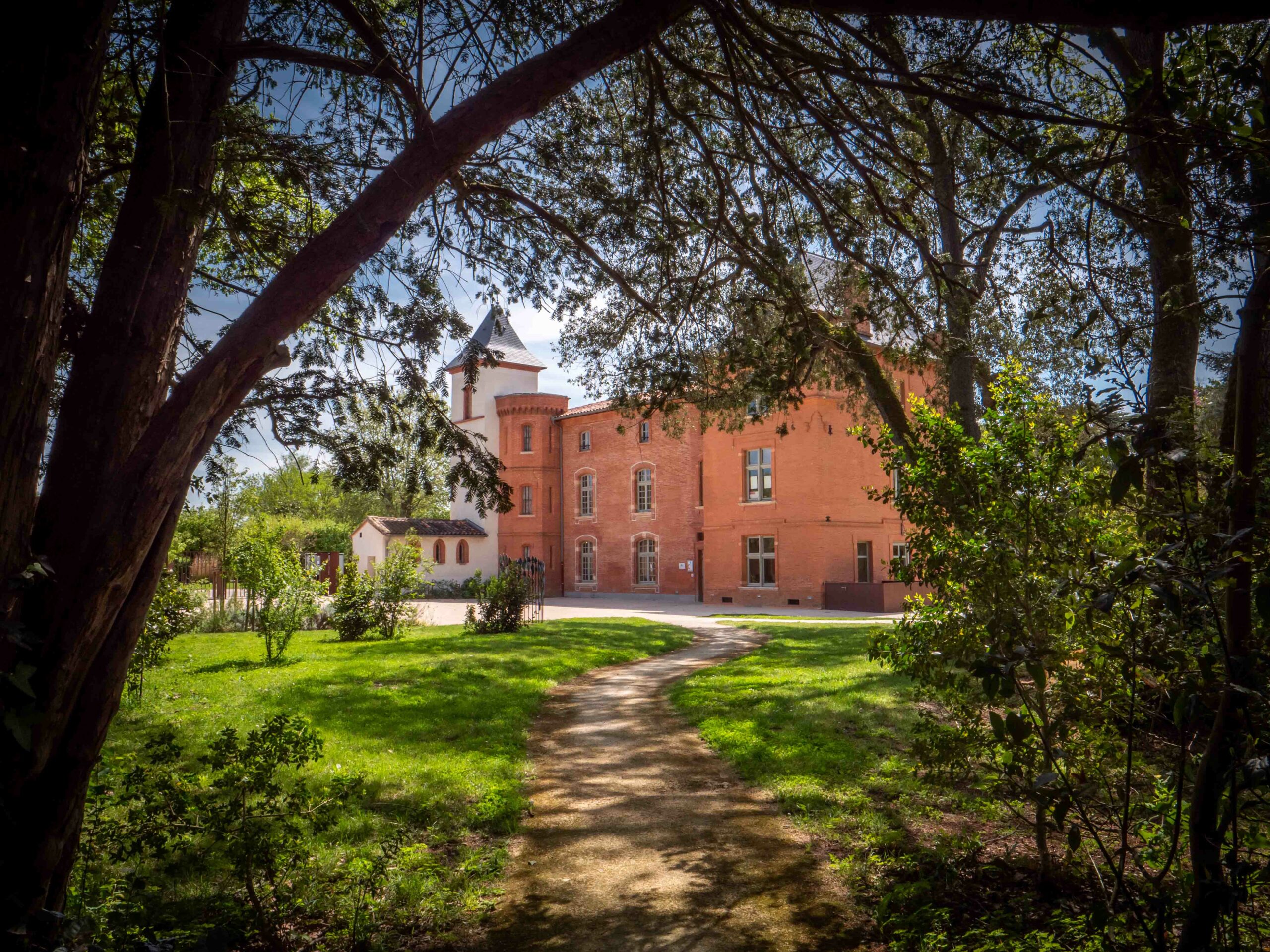
The cedar of Lebanon in the Château de Portet park was labeled “remarkable tree of France” in 2023.
This label is awarded to municipalities, local authorities, public establishments and private owners who, owning an exceptional tree, sign a partnership agreement with the association, involving in particular:
> A commitment to maintain, safeguard and enhance the tree in question, considered as natural and cultural heritage,
> The installation on the site of a panel presenting the tree bearing the logo of the association.
Remarkable trees are living beings that present interesting characters of age, dimensions, aesthetics, particularities, location, history or legend. They are elements of natural and cultural heritage.

An emblematic building of the town, located near the church in the historic heart of the city, the Château de Portet stands on the edge of a vast park of more than one and a half hectares.
It hosts the city’s culture and urban activities department, the heritage department, the music school and the municipal police in an adjacent building that has just come out of the ground.
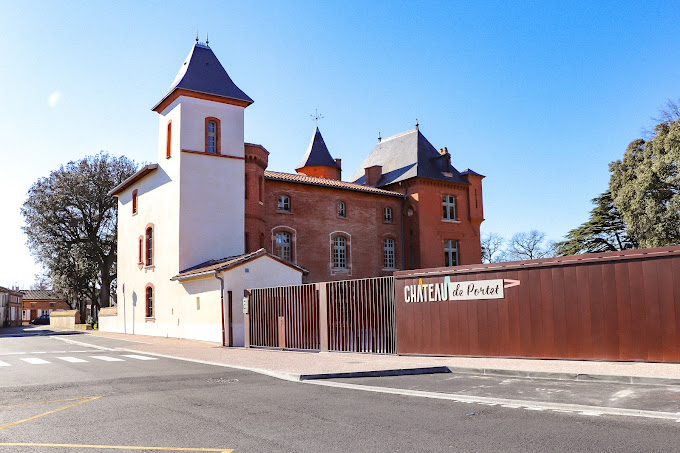
Built in the 14th and 15th centuries, it is worth a detour and has some very nice surprises in store. Its portal first, listed in the Supplementary Inventory of Historic Monuments since May 21, 1953 and outside a listed bell and a unique chime in France. It is also home to many historical gems, classified as Historic Monuments as an object.
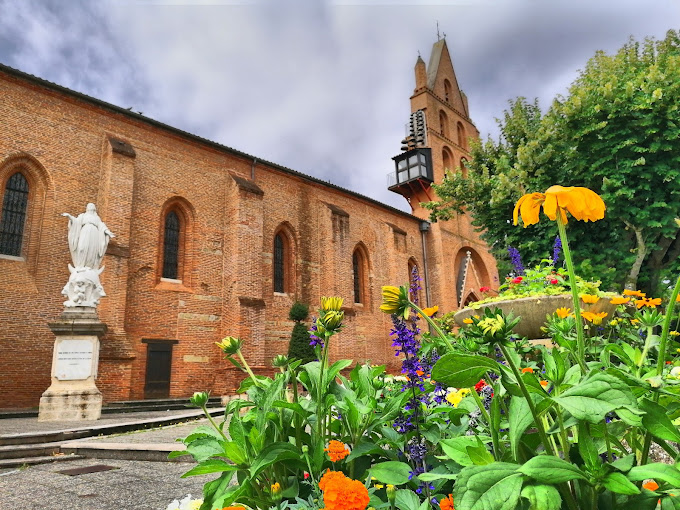
As part of its heritage and memorial policy, the City has undertaken the restoration of the organ in 2020, so that this instrument can once again give body and resonate, so that it is the heart of the gathering of music lovers, lovers of heritage, that it offers its ranges to the various ceremonies that take place at the church
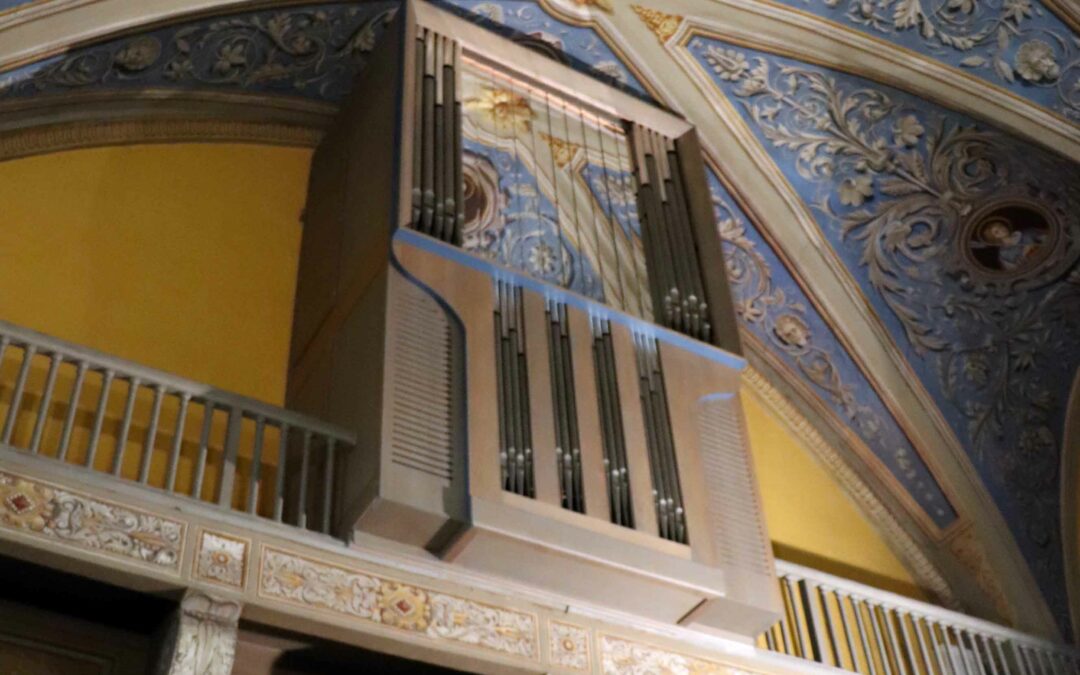
- The Obelisk, Chemin de Castelet
Visible at the bottom of the Chemin du Castelet which separates Portet from Roques, the obelisk, a pyramid marking the boundary between Guyenne and Languedoc, has been listed in the Supplementary Inventory of Historic Monuments since February 21, 1973
- The Museum of Memory labeled “Tourism and Handicap” for the 4 disabilities (hearing, mental, motor and visual)
Installed in an old building of the Récébédou camp, the Museum is part of a desire to transmit a story. Its ambition is to be a place of memory, but also a tool for reflection and knowledge.
Through this educational aim, the Museum hosts a permanent exhibition, a model of the camp, and temporary exhibitions so that everyone can reclaim a past shared by all. It also allows on-site consultation of a certain number of works dealing more particularly with internment camps.
Originally a working-class town, the Récébédou camp was transformed into an accommodation center for Spanish Republican refugees and foreign Jews after the anti-Jewish laws of October 1940. Under the Vichy government it became a camp-hospital.
Very quickly the living conditions deteriorated: insufficient food, lack of care… Three convoys left Portet-Saint-Simon station for the death camps. It will be closed at the end of September 1942 following the protest of Monsignor Saliège. After the liberation, Spanish Republicans who had survived the Mauthausen concentration camp settled in a dozen barracks. This enclave in the former Récébédou camp will be called “La Villa Don Quixote” symbolizing exile and the impossible return to Franco’s Spain.
On the occasion of the 80th anniversary of the exile of the Spanish Republicans, a Memorial to the Retirada was inaugurated in front of the Museum of Memory on February 2, 2019.
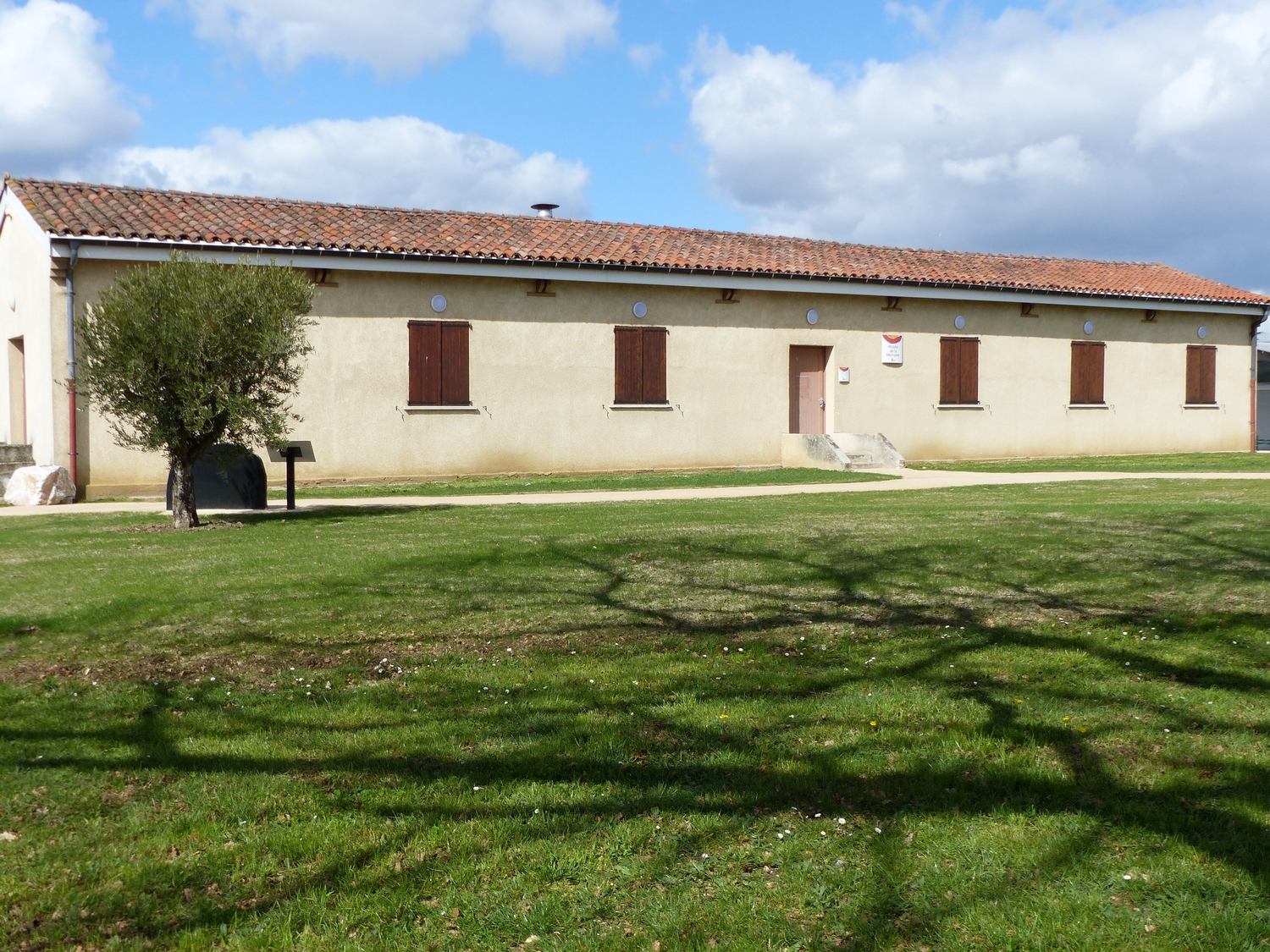
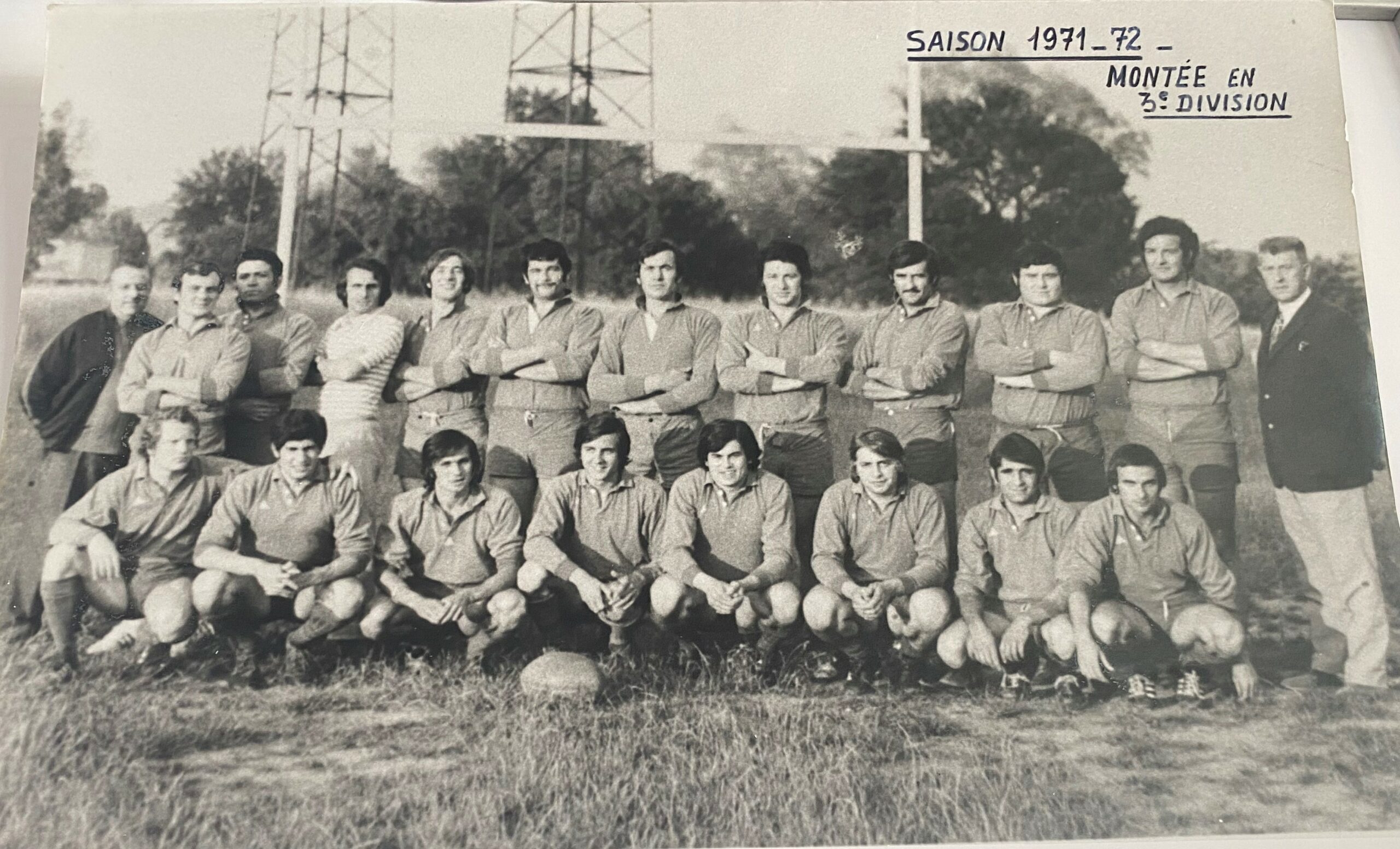




 The cedar of Lebanon in the Château de Portet park was labeled “remarkable tree of France” in 2023.
This label is awarded to municipalities, local authorities, public establishments and private owners who, owning an exceptional tree, sign a partnership agreement with the association, involving in particular:
> A commitment to maintain, safeguard and enhance the tree in question, considered as natural and cultural heritage,
> The installation on the site of a panel presenting the tree bearing the logo of the association.
Remarkable trees are living beings that present interesting characters of age, dimensions, aesthetics, particularities, location, history or legend. They are elements of natural and cultural heritage.
The cedar of Lebanon in the Château de Portet park was labeled “remarkable tree of France” in 2023.
This label is awarded to municipalities, local authorities, public establishments and private owners who, owning an exceptional tree, sign a partnership agreement with the association, involving in particular:
> A commitment to maintain, safeguard and enhance the tree in question, considered as natural and cultural heritage,
> The installation on the site of a panel presenting the tree bearing the logo of the association.
Remarkable trees are living beings that present interesting characters of age, dimensions, aesthetics, particularities, location, history or legend. They are elements of natural and cultural heritage.


